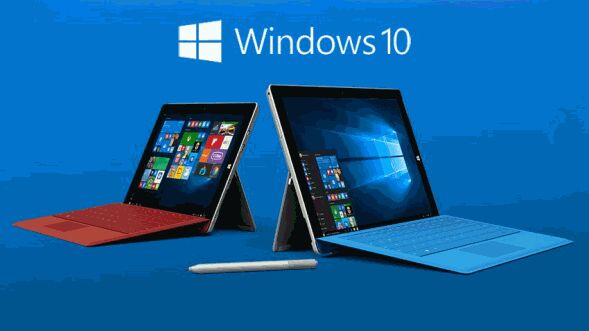

NTLite is an excellent third-party freeware solution for Windows integration and customization. The integration process may take even an hour or so, depending upon the number of updates you’re adding. Technical support folks do this every now and then after a Cumulative Update or a Service Pack or Roll-up package is released. Let’s see how to slipstream Windows update packages to create an updated Windows 10 install media or ISO. How to Slipstream Updates into your Windows 10 Setup Media The benefit is that that you don’t have to install an older version or build first, and then install the required updates via Windows Update manually (which may require multiple reboots, and prove to be counterproductive). Slipstreaming is also useful if you want to freshly install the latest build of windows on other computers.

That’s another reason to have an updated Windows 10 setup source always ready. If the Windows Component Store is corrupted, you’ll need to run DISM mentioning the source WIM file. In some cases, system file corruption can be repaired by running the System File Checker and if necessary, the DISM command. The process of integrating Windows update packages into the Windows Setup disk is known as slipstreaming. You can integrate the Cumulative Update and other required updates, and build an updated ISO containing the latest version and build of Windows. Monthly Cumulative Updates released for Windows 10 bump the build number which means your Windows 10 ISO becomes outdated after a Cumulative Update gets released. Method 3: Using DISM command-line tool What is Slipstreaming and Why Should I do it.INFO: Compare the build numbers after integrating the updates.How to Slipstream updates into your Windows 10 Setup disk?.


 0 kommentar(er)
0 kommentar(er)
